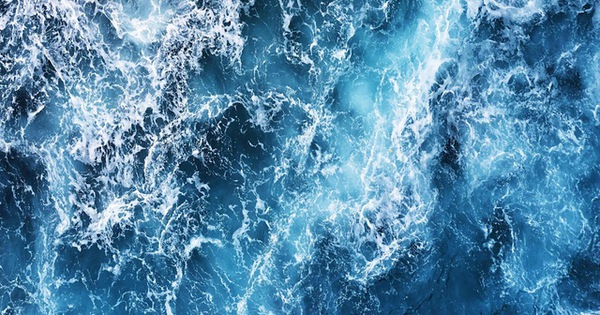Is the North Pole or the South Pole colder?
The North Pole and the South Pole both have cold climates, but Antarctica is still colder with an average temperature of -28 degrees Celsius to -60 degrees Celsius.

Gentoo penguins in the Antarctic peninsula. Image: Holger Leue
Both the North Pole and the South Pole are cold because their positions at the top and bottom of the planet prevent them from receiving direct sunlight. In both places, the Sun always rises low on the horizon, even in the middle of summer. In winter, the Sun is completely below the horizon and does not appear for many months. In addition, the white surface of polar ice and snow is also highly reflective. This means that most of the energy from the incoming sunlight is reflected back into space, leaving the air above the ground relatively cold.
While these factors make both polar regions cold, Antarctica is still much colder than the North Pole, according to the Woods Hole Oceanographic Institution. The average annual temperature in the Arctic is -40 degrees Celsius in winter and 0 degrees Celsius in summer. Meanwhile, the average temperature of Antarctica is much lower, at -60 degrees Celsius in winter and -28.2 degrees Celsius in summer.
The main reason why Antarctica is so much colder than the North Pole lies in the key difference between the two regions. The North Pole is an ocean and the South Pole is a continent, says Robin Bell, a polar scientist at the Lamont-Doherty Earth Observatory in New York. The Arctic is an ocean surrounded by land. Antarctica is land surrounded by ocean. Water warms and cools more slowly than land, leading to less extreme temperatures. Even if the Arctic Ocean is covered with ice, the relatively warm temperature of the water has a climate-regulating effect there, keeping the North Pole warmer than the South Pole. Also, while the North Pole is at sea level, Antarctica is the highest continent with an average elevation of about 2,300 m. The higher you go, the colder the temperature.
In both the Arctic and Antarctic, ice cover varies throughout the year, increasing in long, dark winters and melting in hot summers. Much of the variation in ice cover in both the Arctic and Antarctic is caused by floating, expanding, and melting sea ice. Because the Arctic is almost entirely surrounded by land, the sea ice there is not as mobile as the sea ice in Antarctica. Because of the greater potential for convergence, typically Arctic sea ice is 2 – 3 m thicker than Antarctic sea ice (1 – 2 m thick), according to the National Snow and Ice Center (NSIDC).
On average, Arctic sea ice reaches a minimum range of about 6.5 million square kilometers and a maximum range of 15.6 million square kilometers, according to the NSIDC. For comparison, Antarctic sea ice has a minimum extent of less than 3.1 million square kilometers and a maximum extent of 18.8 million square kilometers. However, Antarctica possesses more total ice than the North Pole, including land and sea ice. The ice shelf in Antarctica is up to 4.8 km thick and about 13.7 million square kilometers wide. In total, Antarctica contains about 90% of the world’s ice.
An Khang (Follow Live Science)
at Blogtuan.info – Source: vnexpress.net – Read the original article here



